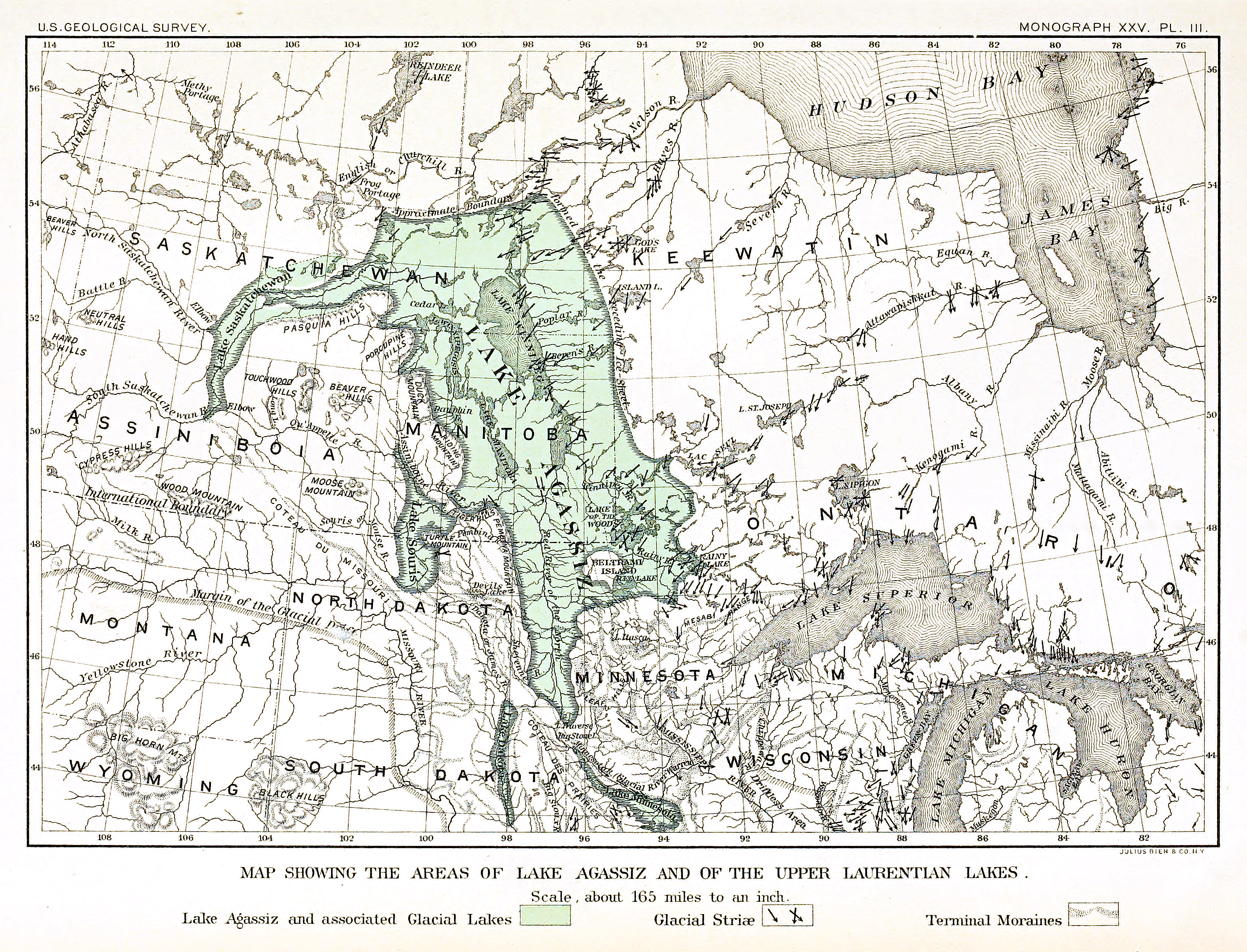The following post on the Wild About Britain Forum about a very large fox in Surrey appeared between April 30th and May 7th 2011:
30-4-2011
Wildsusy
Enormous fox
Hi all, was walking near Tilford in Surrey today and caught sight of what I initially thought was a roe deer. But then it walked and was sort of sloping along like a panther, with a long back and had a long tail. I was very baffled, looked just like a big cat…I concluded it was just a fox, looking at its tail and pointed ears, and of course on further inspection it was fox shaped etc but it was huge! like deer sized.
What is the biggest fox you have seen or heard of? How common is it for specimens to get so large and what causes it?
1-5-2011
Sunnydale
Re: Enormous fox
Quote: What causes it?
Didn`t you know?! They eat a lot of babies, of course!!
Sorry, couldn`t resist!
01-05-2011
Mbaldw
Quote: How common is it for specimens to get so large and what causes it?
Well the `monster` fox caught in Kent last Christmas was apparently 4ft long (though I guess at least 1ft was the brush making the body ~ 90cm) which would be close to the bottom end of the range of Roe Deer length (95-140cm) ,but this would be a small Roe, not a large one. Would you say it stood about the height of a Roe deer (i.e ~65-75cm ) at the shoulder?
The hunting literature contains reports of large foxes,but I have never come across accounts of deer sized foxes and, assuming it was a fox, it would seem unprecedented. In fact I could conceive a Roe deer with a mutation that caused it to grow a tail more easily than I could imagine a fox the size of a large Roe deer! If you go walking that way again, make sure you take your camera(and possibly a suit of armour!)
Cheers,
Marc
01-05-2011
Wildsusy
I watched it for quite a while and watched it move, it was absolutely a fox, saw its brush and shape, but it was so large I honestly thought it was a deer before I saw its tail and movement..Honestly it was huge! It was both long and tall and substantial looking.
01-05-2011
Mbaldw
Interesting. I guess it couldn`t have been a large dog (long-haired Alsatian, for example)? A lady recently sent me a photo of one of her huskies after it had been rolling in bonfire ashes and it looked uncannily like an over-sized fox. If you see it again and manage to get a photo (decent or otherwise) , please post it here.
Cheers,
Marc
01-05-2011
Werdnal
Google “red husky” and you`ll see some examples. Not disputing what OP actually saw, but some of the huskies are definetely fox like
01-05-2011
Wildsusy
Nah, it wasn`t a husky, was definetely a fox, very distinctive tail and slender face…..[TO BE CONTINUED]
30-4-2011
Wildsusy
Enormous fox
Hi all, was walking near Tilford in Surrey today and caught sight of what I initially thought was a roe deer. But then it walked and was sort of sloping along like a panther, with a long back and had a long tail. I was very baffled, looked just like a big cat…I concluded it was just a fox, looking at its tail and pointed ears, and of course on further inspection it was fox shaped etc but it was huge! like deer sized.
What is the biggest fox you have seen or heard of? How common is it for specimens to get so large and what causes it?
1-5-2011
Sunnydale
Re: Enormous fox
Quote: What causes it?
Didn`t you know?! They eat a lot of babies, of course!!
Sorry, couldn`t resist!
01-05-2011
Mbaldw
Quote: How common is it for specimens to get so large and what causes it?
Well the `monster` fox caught in Kent last Christmas was apparently 4ft long (though I guess at least 1ft was the brush making the body ~ 90cm) which would be close to the bottom end of the range of Roe Deer length (95-140cm) ,but this would be a small Roe, not a large one. Would you say it stood about the height of a Roe deer (i.e ~65-75cm ) at the shoulder?
The hunting literature contains reports of large foxes,but I have never come across accounts of deer sized foxes and, assuming it was a fox, it would seem unprecedented. In fact I could conceive a Roe deer with a mutation that caused it to grow a tail more easily than I could imagine a fox the size of a large Roe deer! If you go walking that way again, make sure you take your camera(and possibly a suit of armour!)
Cheers,
Marc
01-05-2011
Wildsusy
I watched it for quite a while and watched it move, it was absolutely a fox, saw its brush and shape, but it was so large I honestly thought it was a deer before I saw its tail and movement..Honestly it was huge! It was both long and tall and substantial looking.
01-05-2011
Mbaldw
Interesting. I guess it couldn`t have been a large dog (long-haired Alsatian, for example)? A lady recently sent me a photo of one of her huskies after it had been rolling in bonfire ashes and it looked uncannily like an over-sized fox. If you see it again and manage to get a photo (decent or otherwise) , please post it here.
Cheers,
Marc
01-05-2011
Werdnal
Google “red husky” and you`ll see some examples. Not disputing what OP actually saw, but some of the huskies are definetely fox like
01-05-2011
Wildsusy
Nah, it wasn`t a husky, was definetely a fox, very distinctive tail and slender face…..[TO BE CONTINUED]












